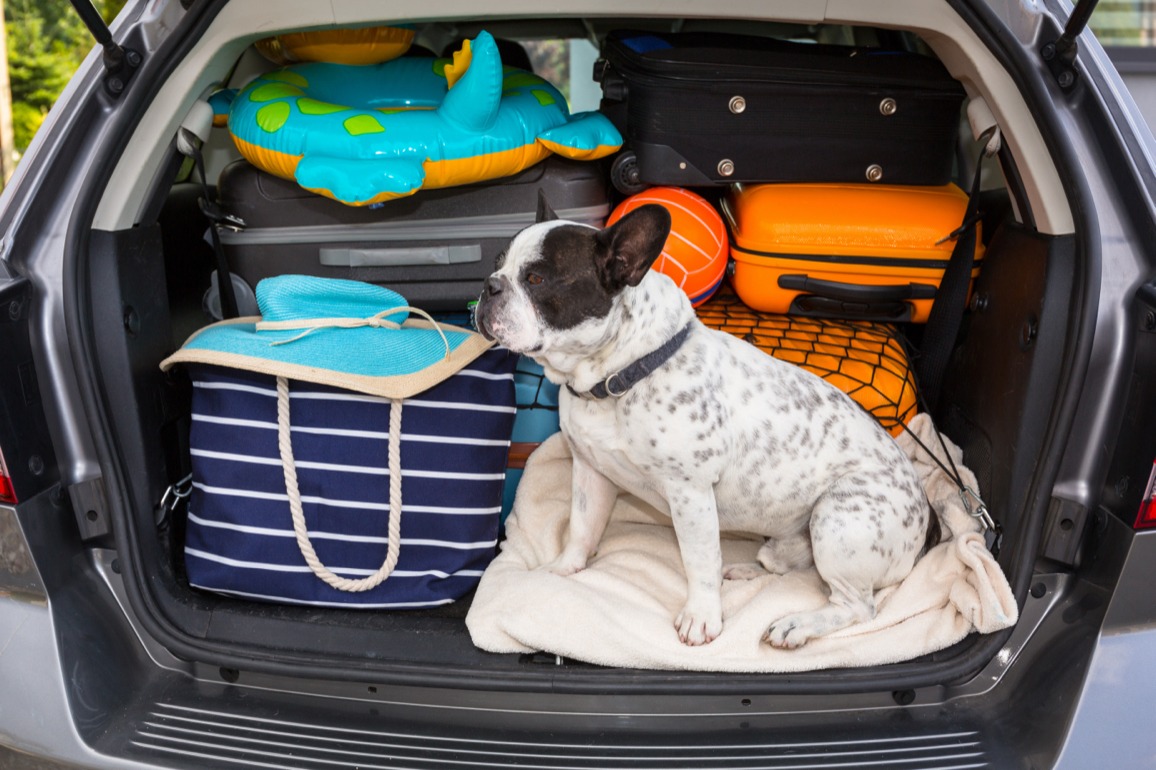
Emergencies Happen: Prepare your Pets
Observed during September, National Preparedness Month is a nationwide campaign that encourages people to prepare for emergencies and disasters. This includes planning ahead for your pets. In any emergency—fire, flood, power outage, etc.—your pet’s welfare will depend heavily on how prepared you are. Before disaster strikes, it’s important to think through your pet’s needs and the steps you can take to ensure your furry, feathered or scaled friends are safe.
- Make a plan
- Evacuation plan: Identify in advance where you could take your pet. Be aware that many shelters/hotels do not allow pets, so find pet-friendly alternatives.
- Buddy system: Coordinate with friends, neighbors, or relatives who can assist or take over pet care or evacuation if you are unable to do it yourself.
- Identification: Microchip your pet and keep your contact information up to date.
- Build a pet emergency kit
You’ll need two versions: a full kit for staying in place (“shelter in place”) and a lighter, grab-and-go version for evacuations.
Items to include:
- Food and water: At least several days’ supply, stored in waterproof/airtight containers.
- Medication and veterinary records.
- Identification: Collar with tags, leash or harness, and an updated tag.
- Carrier: For each pet, if needed, plus familiar items (blankets, toys) to reduce anxiety during transport.
- Sanitation supplies: Litter and litter box for cats, waste bags, paper towels, disinfectants, etc.
- First aid: Pet‐appropriate first aid items; coordinate with your vet on what’s best.
- Prepare for travel
- Give your pets time to get comfortable with carriers or crates before an emergency. Keep them out in the open, place treats inside or nearby, and make them a familiar, positive space.
- Know where your pets tend to hide or go in the house so you can find them quickly if evacuation is urgent.
- Stay Informed
- Monitor alerts from trusted sources—wireless emergency alerts, local officials, weather services.
- Download useful tools/apps (for example, FEMA or weather apps) to keep track of warnings and updates.
- Whenever there’s warning of disaster or extreme weather, bring pets inside as soon as possible.
For more information on how to include your pets in your household disaster planning, visit Pets and Disasters – Southern Nevada Health District.